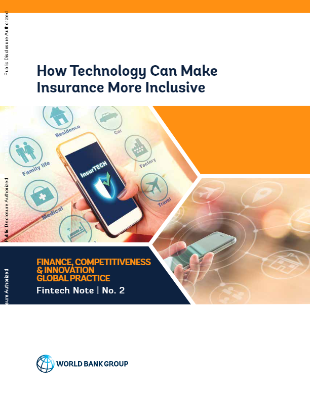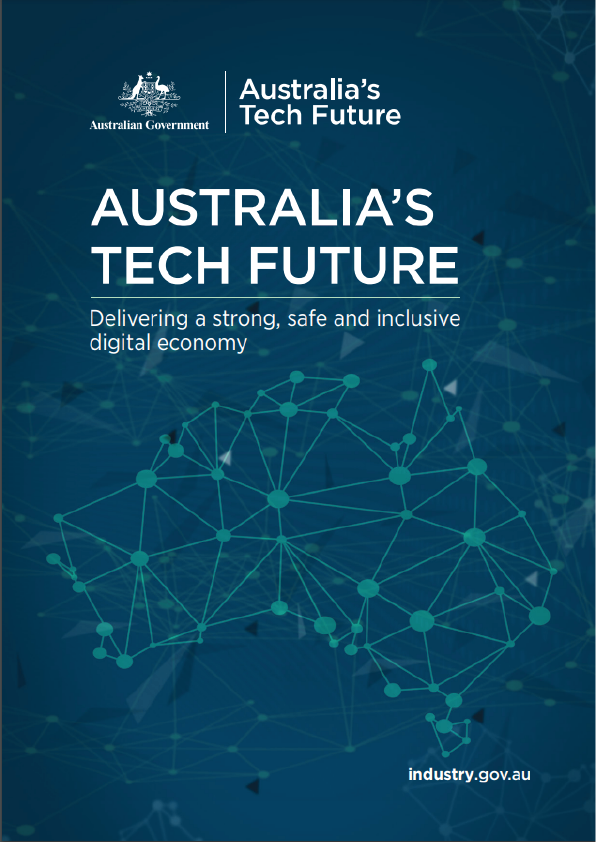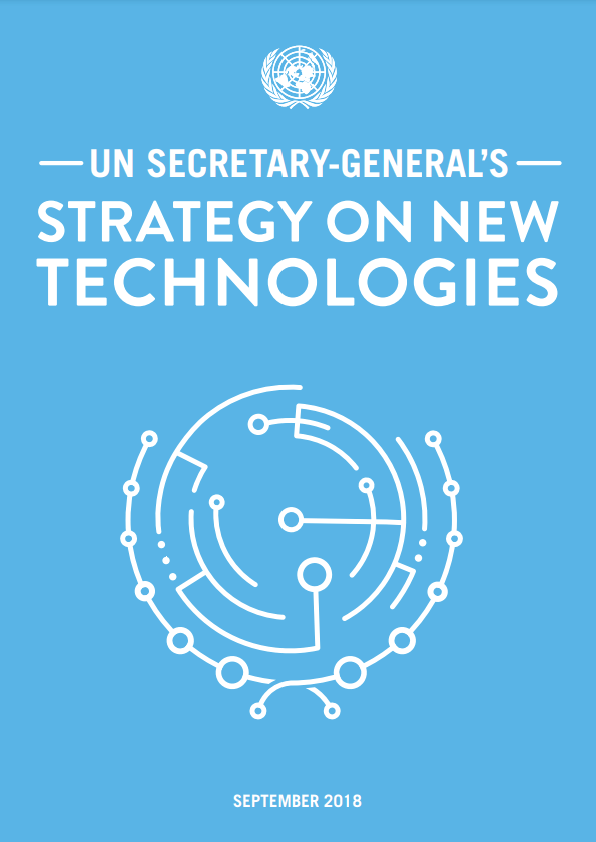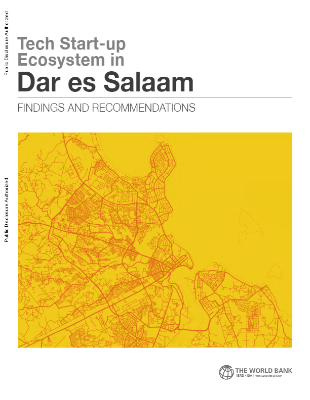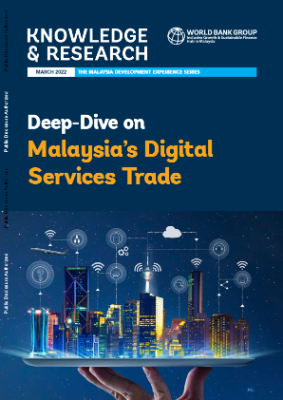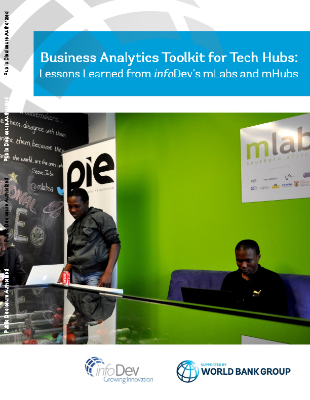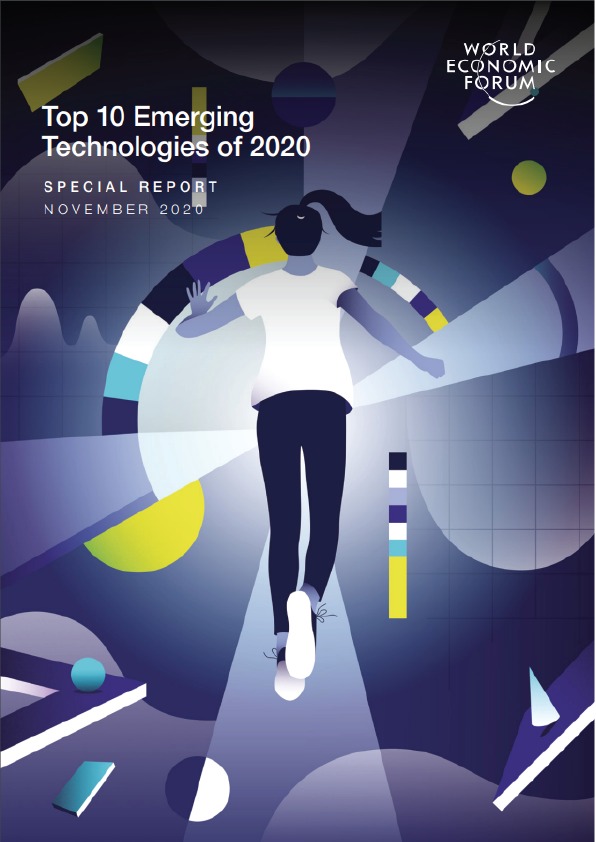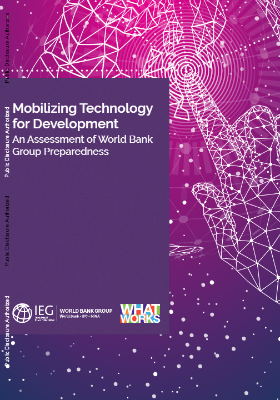New technologies have influenced everyone’s lives since the iPhone came to the market in 2007. Much more than a telephone, the smartphone immediately offered the possibility for remote but connected capture and transformation of data. Capture and transformation of data is at the core of insurance, so the growing community of microinsurance practitioners was excited about the possibilities to overcome administrative obstacles that contributed to exclude the most vulnerable populations from functioning insurance markets. These hopes were generally disappointed in the following years. Smartphones were still rare and expensive, mobile network operators were only just starting to widen their footprint, and attempts to creatively harness the new technology were constrained by limited budgets and expertise of projects often run by people with more experience in poverty alleviation than in insurance or IT.
A lot has changed since 2007. Smartphones have become affordable for taxi drivers, rural doctors and informal street vendors, and are ubiquitous in developed countries. There are apps for everything, and creating a new one does not require large budgets. Mobile banking (on smartphones or feature phones) is providing a reliable and cost effective channel to transact payments with 500 million people, most of them excluded from conventional banking; this matters because transacting payments is the other core pillar of insurance. Furthermore, the growing use of smartphones is generating new types and amounts of data even from people who have scant data trails in formal systems of national identification or credit rating schemes. In parallel, tools to make sense from these overwhelming amounts of unstructured “big” data have emerged, for example in the form of machine learning. This is just one field of artificial intelligence, which is increasingly used in insurance.
On microinsurance ventures and the general effort to make insurance more inclusive where it is most needed, the impact of the technological changes that are transforming insurance has not yet been very noticeable beyond insurance transacted via mobile network operators. Projects and practitioners of inclusive insurance still find it hard to justify large budgets for innovative technology and cutting edge expertise. But as FinTech reached the insurance industry to give birth to “InsureTech”, it is insurance companies in the most mature markets who have embarked in the journey to harness new technology in order to provide better products, services and experience to more and new clients. The considerable potential of this endeavor attracts growing numbers of startups and venture capital dollar millions. These efforts are not towards low income households and businesses in emerging countries. But, as will be argued on the following pages, they hold the potential to overcome barriers to inclusive insurance when suitably transferred to emerging countries. primarily directed
